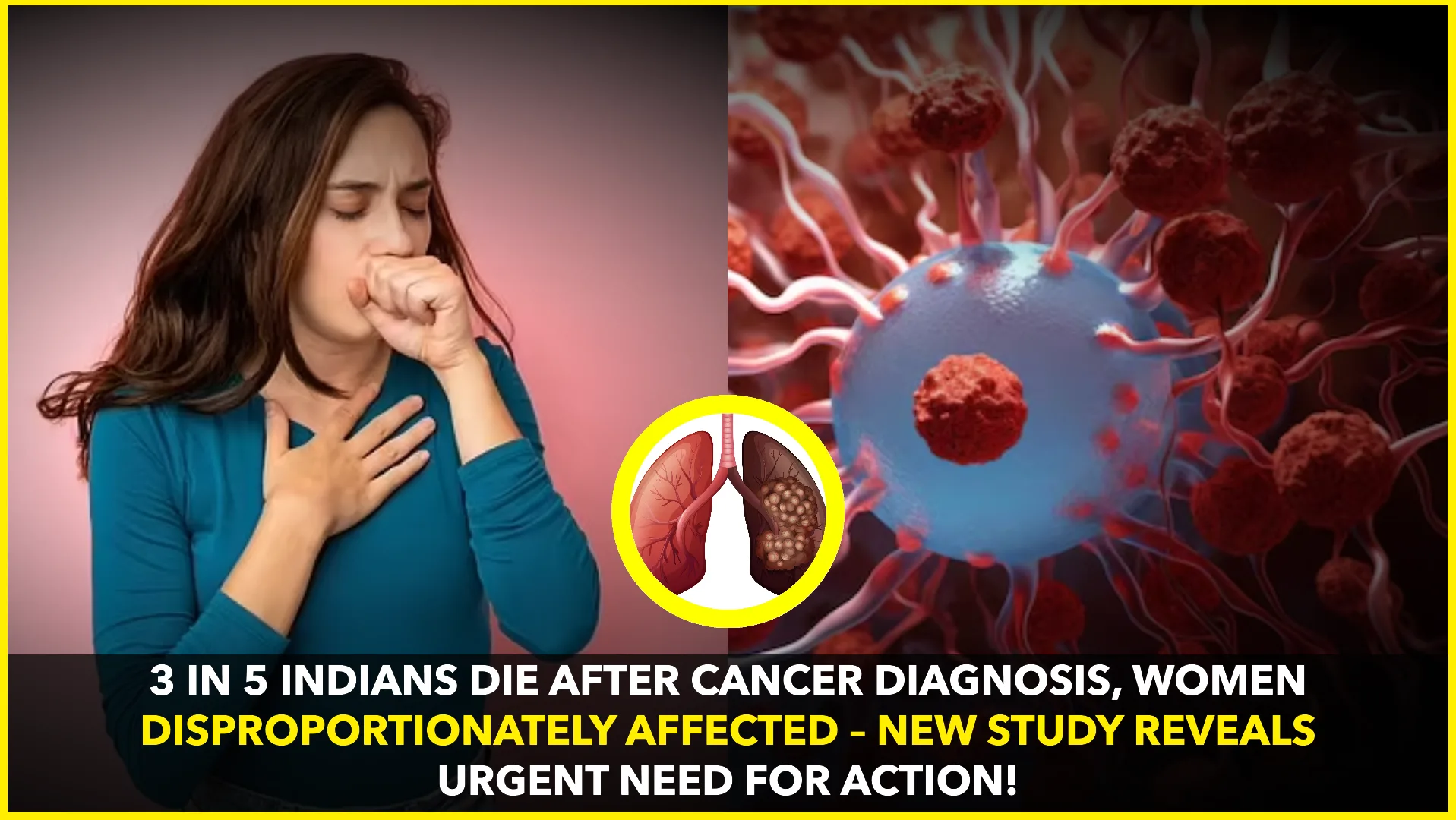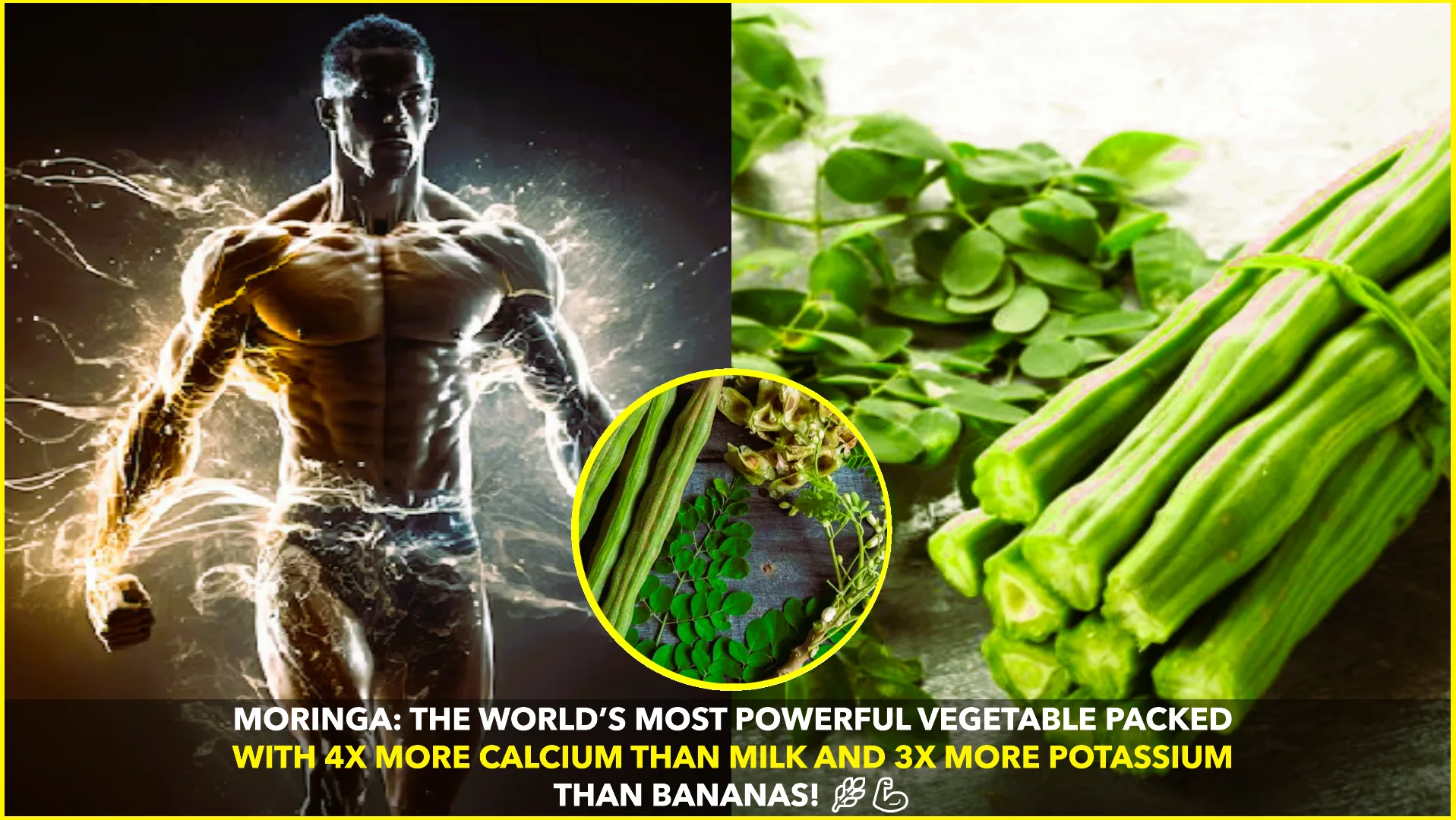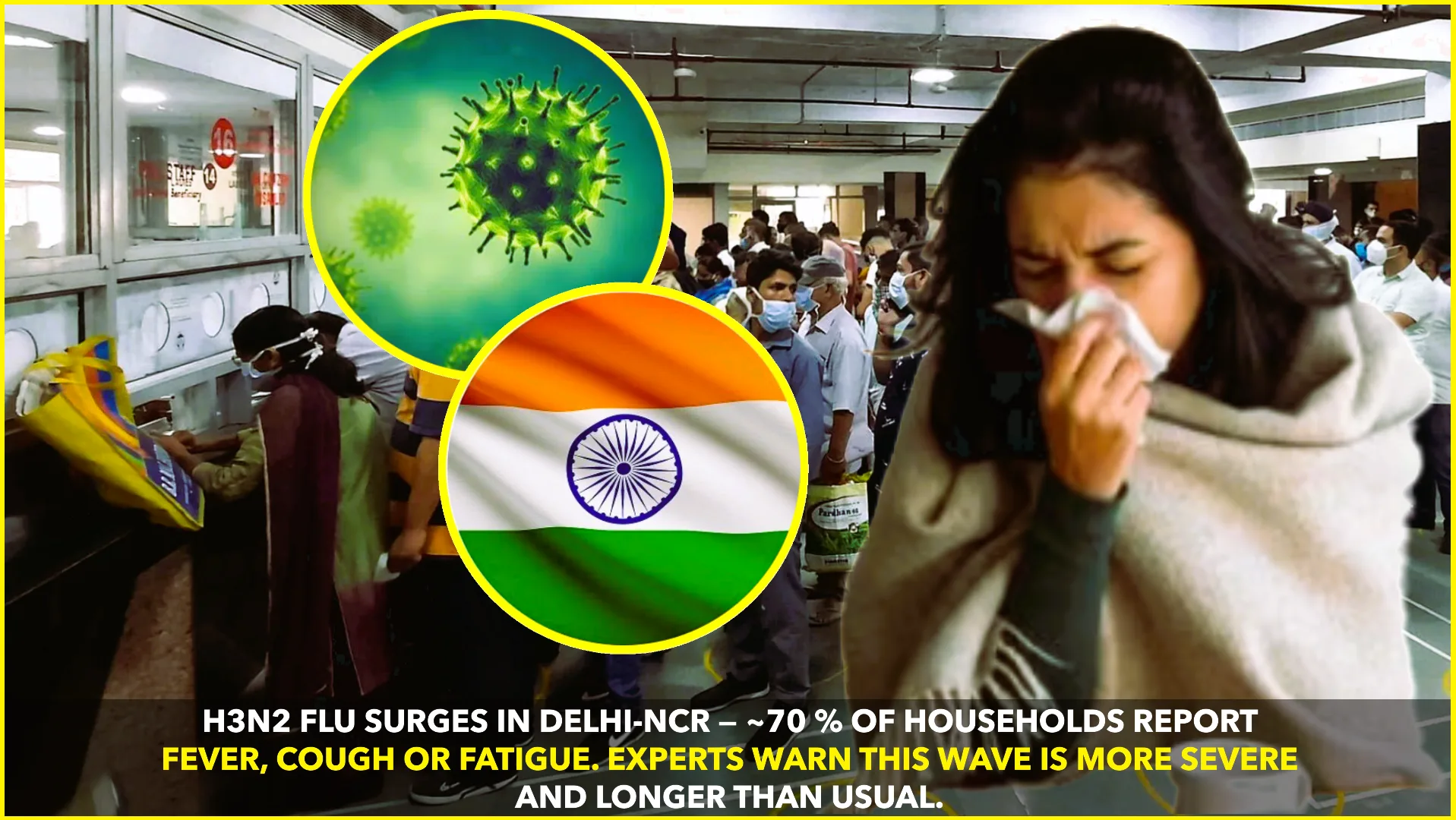A recent study by the Indian Council of Medical Research (ICMR) has unveiled a concerning statistic: three out of every five individuals diagnosed with cancer in India do not survive the disease. This mortality rate is notably higher than in countries like the United States, where the ratio is approximately one in four, and China, where it’s one in two. The study, published in ‘The Lancet Regional Health Southeast Asia’ journal, also highlights that women in India bear a disproportionate burden of cancer-related deaths compared to men. hindustantimes.com
India’s Global Cancer Standing
The ICMR’s analysis positions India as having the third-highest cancer incidence globally, following China and the United States. Alarmingly, India accounts for over 10% of the world’s cancer-related deaths, ranking second only to China. Projections indicate that over the next two decades, India will face a significant challenge in managing cancer-related mortality, with an anticipated annual increase of 2% in cases as the population continues to age. economictimes.indiatimes.com
Gender Disparities in Cancer Incidence and Mortality
The study underscores a pronounced gender disparity in cancer statistics within India. Women are disproportionately affected, with breast cancer emerging as the most prevalent, accounting for 13.8% of new cases across both genders. Cervical cancer follows as the third most common, contributing to 9.2% of new cases. Among women specifically, breast cancer constitutes nearly 30% of new diagnoses and over 24% of related deaths. Cervical cancer accounts for over 19% of new cases and almost 20% of deaths among women. thehansindia.com
In contrast, Indian men most commonly face oral cancer, which represents 16% of new cases, followed by respiratory cancers at 8.6% and esophageal cancer at 6.7%. These statistics highlight the need for gender-specific cancer prevention and treatment strategies.
Age-Related Trends in Cancer Prevalence
The research also reveals shifting patterns in cancer prevalence across different age groups. The geriatric population, those aged 70 and above, exhibits the highest cancer burden. Individuals in the reproductive age group (15-49 years) show the second-highest incidence, accounting for a fifth of cancer-related deaths. Middle-aged and older individuals have an 8-10% higher likelihood of developing cancer, with a 5.5-7.7% chance of succumbing to it. business-standard.com
Implications and the Way Forward
These findings underscore the urgent need for targeted interventions and comprehensive strategies to address the escalating cancer burden in India. With approximately 70% of cases and deaths occurring among middle-aged and older populations, public health initiatives must prioritize early detection, awareness, and access to effective treatment options.
The disproportionate impact on women, particularly concerning breast and cervical cancers, calls for enhanced screening programs, increased public awareness, and improved healthcare infrastructure to manage and treat these conditions effectively.
In conclusion, the ICMR’s study provides a critical insight into the current and future landscape of cancer in India, emphasizing the necessity for age and gender-specific approaches in combating this growing health crisis.










